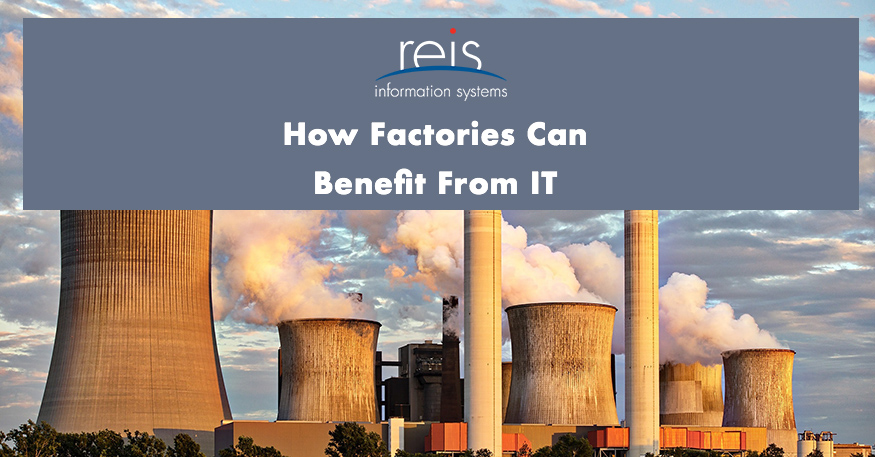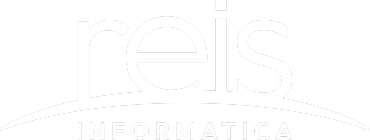Technology is changing the way everyone is spending their day. Factories are no exception. In this post, we will explore how factories can benefit from IT.

The world is becoming more dependent on all forms of technology. This could be through smart devices, moving data to the cloud, finding out news online, working remotely, or anything else your mind can think of. Because of this, IT needs to be top of mind for both work and personal life.
Tech and infrastructure are always adapting. Read how you can stay on top of these changes.
Let’s start with how the IoT is benefitting factories.
Most IoT devices aren’t located in homes or on smartphones. They are in a few specific industries. One of these industries being factories.
By 2023, the forecasted global market for IoT could reach $318 US Billion. 51% of factories use IoT devices.
So, what do factories use IoT for?
- Visual analytics – understand customer preferences and behaviour
- Computer systems
- Sensors
- Business transformation
- Training – enabling AR
Now let’s move on to how information technology is changing factories.
Let us start with this fact: technology is not the enemy, but an ally.
One way to get an edge and maintain market share is through the adoption of new technology. As you are probably aware, there has been a rise of automation and robotics in a variety of sectors. For example, restaurants using robots to deliver food, self-ordering kiosks, driverless cars, etc.
The number of robots is rising. Plus, they are getting more sophisticated and able to perform complex tasks.
What technologies are disrupting the processes for factories?
- Robotics – automation
- 3D printing – additive manufacturing
- Industrial IoT – smart manufacturing
- Artificial intelligence learning machines
- Blockchain technologies – decentralized digital ledger
- Predictive analytics
IT can provide tools to help businesses achieve goals that are critical. These can include:
- Rapid shifts in production from one product to another
- Faster implementation of new concepts in products
- Faster delivery of products to customers’
- More intimate and detailed interactions with customers
- Fuller utilization of capital and HR
- Streamlining of operations to focus on essential business needs
- Elimination of unnecessary, redundant, or wasteful activities
Overall, what are some reasons why you need IT?
- Brings better communications and data transmission
- Gives you better efficiency
- Effectively meet your customers needs
- Streamlines operations
- A source of competitive advantage
- Look at the big picture
- Better security
- Stay on top of tech trends
We hope that this post has helped you to learn more about IT in factories and why it is important to have IT as a part of your business structure. Feel free to use the section below for any comments or questions!
Want to learn more about how we helped a company in the manufacturing industry with their IT? Click below to check out our case study.
Sources
Columbus, Louis. (2018). 2018 Roundup Of Internet Of Things Forecasts And Market Estimates. Retrieved November 13, 2019 from, https://www.forbes.com/sites/louiscolumbus/2018/12/13/2018-roundup-of-internet-of-things-forecasts-and-market-estimates/#6a3171697d83
Delisle, Simon. (2019) Why Information Technology is More Important Than You Think. Retrieved November 13, 2019 from, https://www.inteqna.com/blog/why-information-technology-is-more-important-than-you-think
Emeka, Ehinze. (2018). How Information technology is changing the manufacturing industry. Retrieved November 13, 2019 from, https://medium.com/@Abstractus/how-information-technology-is-changing-the-manufacturing-industry-926cfe4845f2
Statista. (2019). Internet of Things (IoT) connected devices installed base worldwide from 2015 to 2025 (in billions). Retrieved November 13, 2019 from, https://www.statista.com/statistics/471264/iot-number-of-connected-devices-worldwide/
The National Academies of Sciences, Engineering, Medicine. (1995). Information Technology for Manufacturing: A Research Agenda. Retrieved November 13, 2019 from, https://www.nap.edu/read/4815/chapter/2

